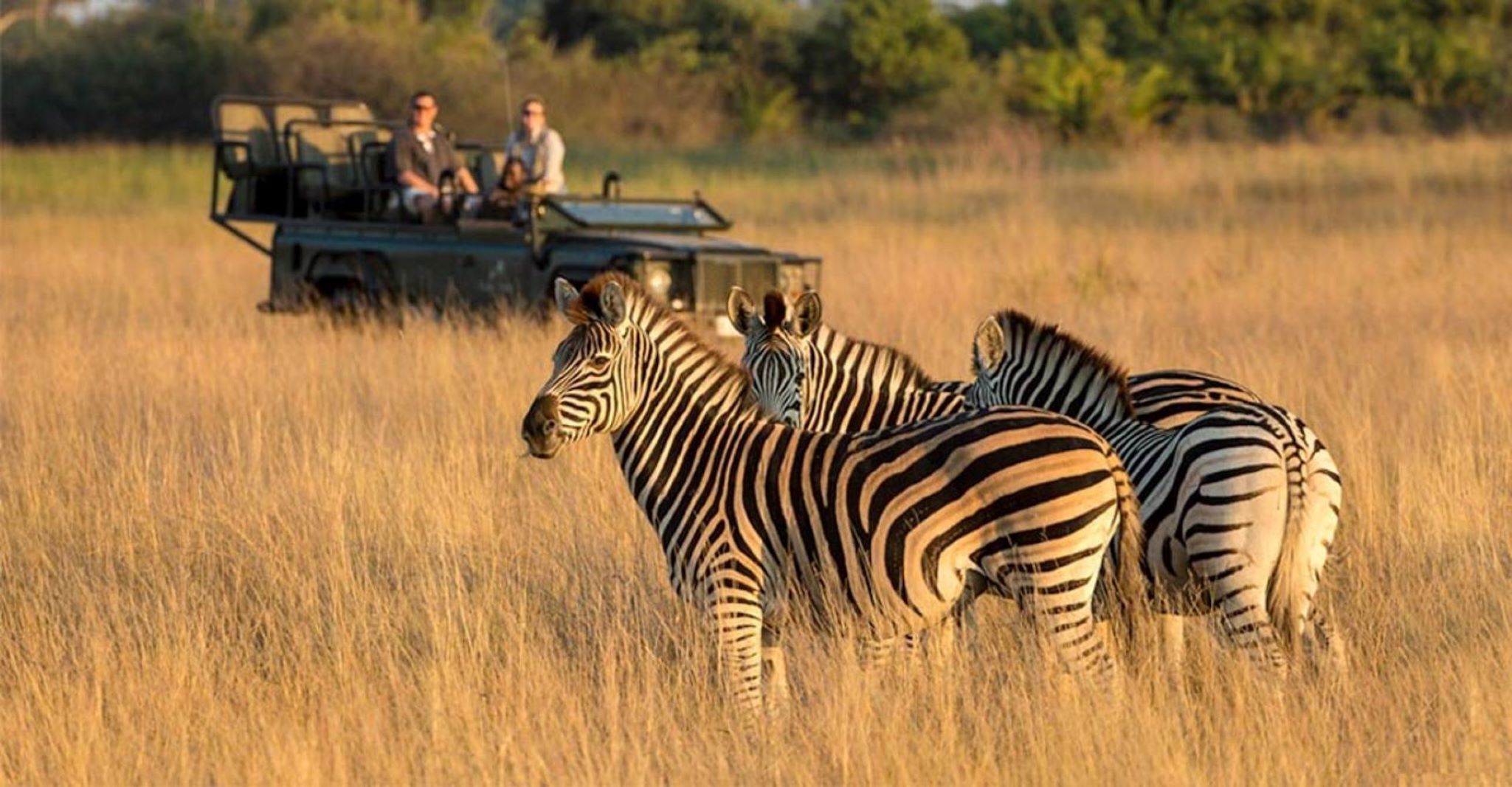
weather
Winter/Dry Season
The climate in Botswana is semi-arid. During the dry winter months of April through early September, the days are warm, but the nights and early mornings can be very cold (sometimes even near or below freezing)! We will provide cozy comforters to keep you warm during your stay.
Many travelers assume that because they are traveling to Africa, it must always be warm. This is not the case during Botswana’s winter, however—particularly in June, July, and August. You can expect days to be absolutely beautiful, temperate, and sunny, but nights and early mornings will be chilly, possibly near freezing, so we recommend you bring warm layers you can peel off as it warms up through the day. A lightweight down jacket or fleece pullover is ideal. Gloves, a hat, a scarf, and warm long pants are also essential at this time of year for early-morning wildlife drives.
May
May usually marks the beginning of the dry winter season in Botswana. Rain is less likely. The nights start to cool down, with temperatures typically in the 40s and 50s F. You will want a fleece pullover or warm sweater once the sun goes down, and you may also want a warm hat, gloves and scarf for nights and early mornings. Daytime temperatures continue to cool down and are usually in the upper 70s to mid-80s F, so you will want warm layers on morning wildlife drives that you can peel off as it warms up later in the day. Zip-off pants are a versatile option.
June
Because there is typically no cloud cover, winter nights in Botswana can be exceptionally cold. June tends to be the coldest month, with nighttime and early morning temperatures dipping into the 30s F at times. Frost is common, and you will want the same cold-weather clothing you would wear on a mild winter day in cooler parts of the U.S. A windproof jacket layered over a fleece and a heavy shirt or sweater along with hat, gloves and scarf will be necessary on early-morning wildlife drives. Temperatures warm up during the day, however, and can be surprisingly warm, reaching the 70s and low 80s F. Shorts may not be necessary, although zip-off pants are a good choice. You will want a lightweight short-sleeved shirt to wear during the warmest part of the day.
